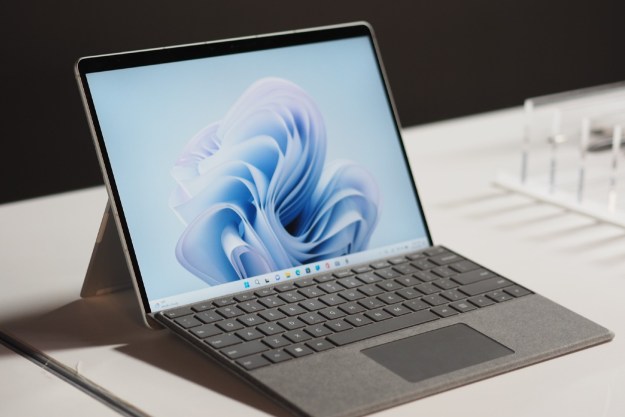Previewed on Monday, the company’s first VR experience Moon isn’t publicly available on headsets just yet, but the firm teased with a split screen showing the viewer’s movements and what they saw through the headset, as well as footage showing how the light-field data was combined with computer processing.
360 and VR are often terms used interchangeably, but true VR allows viewers to move deeper into a scene — 360 photos just share a wide image but don’t actually allow the user to move into that image. 360 creates what Lytro describes as low immersion but high realism, while virtual reality offers high immersion but a low sense of realism as it involves largely computer generated images.
Lytro’s current prototype VR camera is aiming to change that, using light-field technology to allow viewers to move with the freedom of VR yet the realism of 360. Like virtual reality, the Lytro Immerge camera creates content that allows users to move in six different ways — turning their heads three different ways and moving their bodies around three more ways.
While the video only offers a brief glimpse into the technology, the clip offers a taste of what the camera can do. According to Lytro, the Moon video is a first for combining live-action and film-quality graphics with six different ways to move, even while the viewer is sitting.
In the official release of the footage, Tim Milliron, the vice president of engineering, said that VR and light-field VR are still in their infancy — the team has already added improvements to the camera since Moon was shot. “Future experiences will be easier to film, faster to process, lighter-weight to download and play, and — above all — will look even better. At Lytro, we’re unapologetic about building for the long game, and we can’t wait to continue working with content producers to make the true promise of VR a reality,” he wrote.
The video demonstrates a few ways the camera is different, Lytro says, including parallax, or the ability to view objects from different angles, reproduction of lighting effects like reflections, and the absence of stitching artifacts often presented in 360 videos.
The Immerge doesn’t have an official release date yet, but CEO Jason Rosenthal said content from the Immerge should start emerging in the first quarter of 2017.



